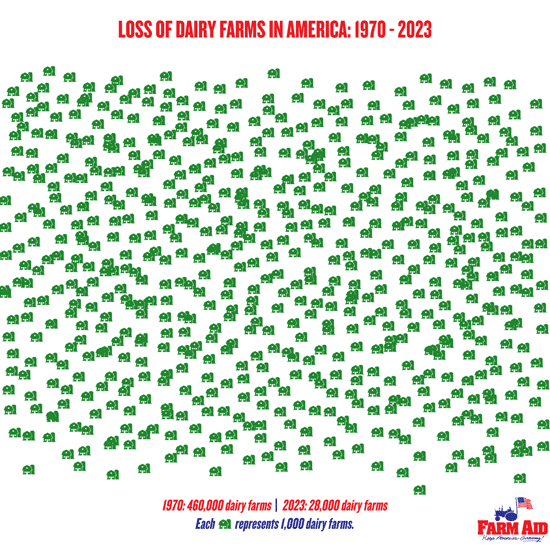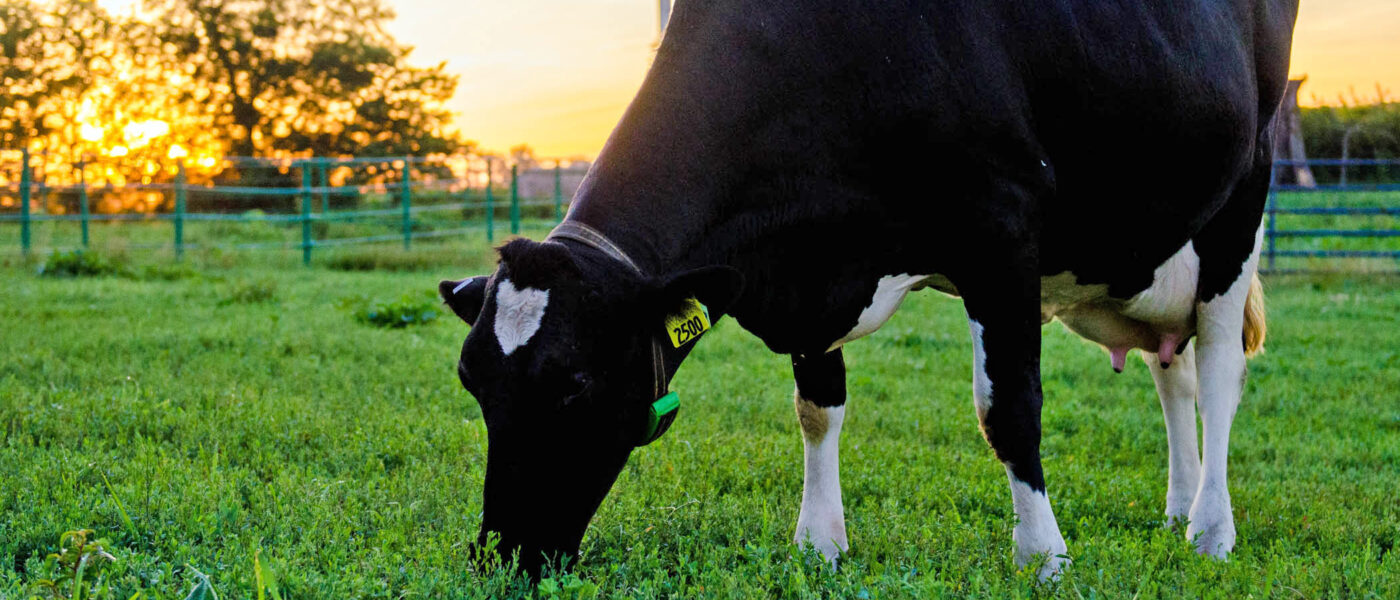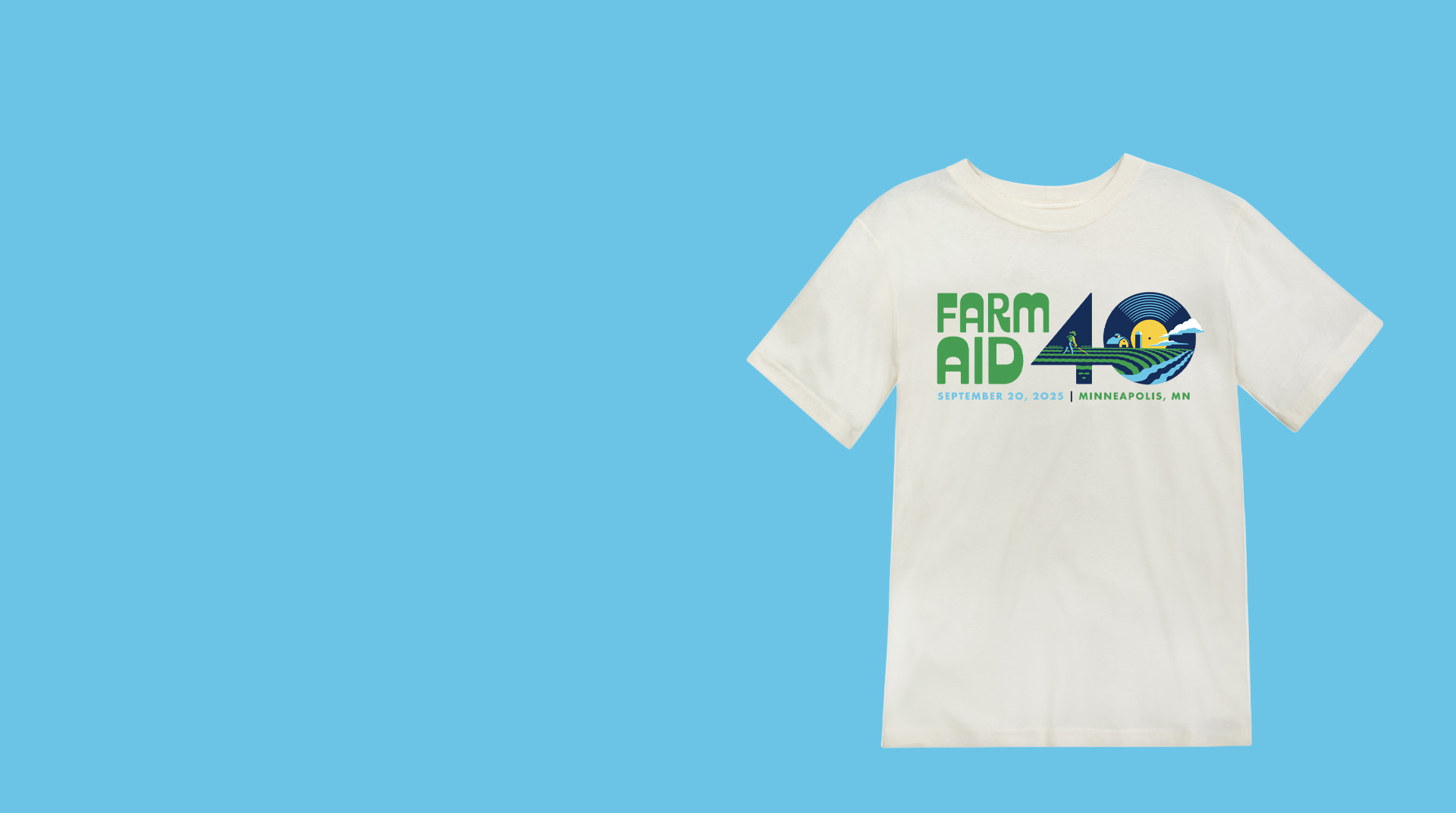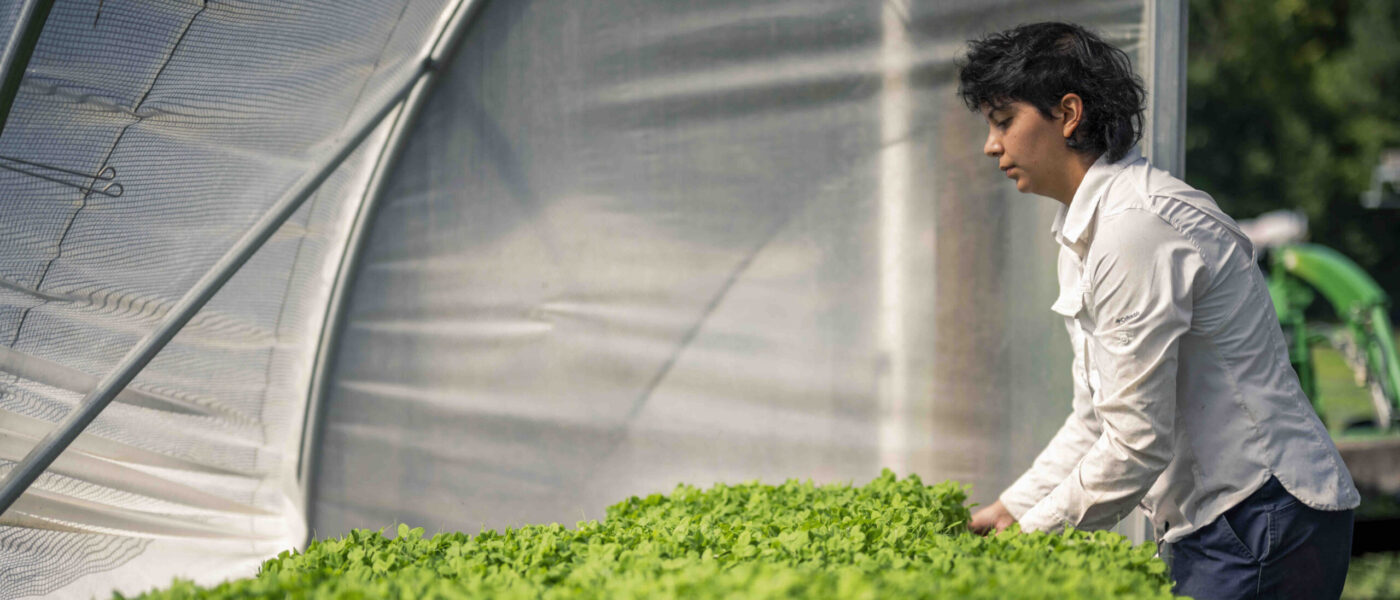June is Dairy Month
In 1934, some 5.2 million dairy farms dotted America’s countryside. Since that peak, a noticeable decline has ensued: between 1997 and 2017, the U.S. lost half of its 72,000 remaining dairies and today, fewer than 28,000 licensed dairy herds remain[1]. Along with this loss has come farm foreclosures, hard economic times, a rise in the rate of death by suicide among farmers, and a migration out of rural communities. How did dairy arrive at its current crisis? A combination of poor industry regulation, bad policy, price fluctuations in the market, and a lower demand for dairy have all contributed to dairy’s decline.

The cost of production for farmers has risen, due largely to the increase of input costs like fuel and feed, while the value of U.S. milk has been kept artificially low so that it can compete as an export in the global market[2]. The result is that the average U.S. dairy farm has been in the black only twice since 2000, while the profits of dairy cooperatives, export companies, and dairy lobbyists have ballooned[3].
Because dairy farmers cannot quickly adjust the amount of milk they produce in response to consumer demand (cows need to be milked daily!), it’s important that the government plays a role in regulating the dairy market. However, policy for the last decade has focused on boosting dairy production and on export markets, resulting in massive oversupply – so much so that farmers are sometimes forced to dump their milk when they can’t find processing plants with the capacity to take it, as is the case for Midwestern dairy farmers this month[4].
The amount of milk produced, and even the cost of production do not translate to the prices that shoppers see at the store. These prices are the result of the monopolies that control the dairy sector. In 2022, three cooperatives, Dairy Farmers of America, Land O’Lakes, and California Dairies marketed about 83% of fluid milk sales, leaving farmers in many regions with few options for where to take their milk. Large cooperatives often disadvantage small farms and have a history of antitrust violations. Milk sold through the open market is subject to opaque pricing structures, such as the Chicago Mercantile Exchange, which primarily dictates the price of fluid milk, despite actually trading very little of it[5].
Farms feel the pressure to “get big or get out,” meaning small and mid-sized family farms are being squeezed out or bought by large farms, leading to a decrease in the overall number of operations and a massive consolidation of dairy producers. The structure of the industry exacerbates this problem – dairy production tends to be highly vertically integrated and mostly operates via contract farming, where large corporations contract out with local farms but retain control of supply chains. The result of this consolidation is that smaller farms face increasing pressure, can no longer compete, and are driven out of business.
Lower demand for dairy has also played a part in its decline. In the midst of growing awareness around the environmental impact of animal products, many consumers have abandoned cow’s milk for plant-based alternatives. But plant-based alternatives are not a nutritional substitute for dairy, which continues to make up a large part of the American diet. Dairy production, which has a reputation for being resource-intensive, has the potential to be more efficient and environmentally sustainable, especially when it incorporates pasture-based dairy and meat production. But the reality is that today, large, industrial farms pollute more and emit more greenhouse gasses as compared to smaller, family-run operations because of the way that they operate and process their waste. In fact, between 1997 and 2017, the shift to larger operations led to twice the emissions of methane, a potent greenhouse gas, even while the number of cows in the U.S. remained static[6].
Why should we care about dairy farmers’ struggle?
- Food security: As evidenced by supply chain disruptions over the past three years, our food supply has vulnerabilities. It’s essential that the U.S. continue to produce its own dairy on a regional scale, rather than depending on importing dairy from other countries or on a few, large national suppliers. Local dairies are vital components of regional, resilient food systems. Unfair market practices also lead to poor outcomes for consumers, who pay a price for products that don’t reflect true production costs.
- Dairy farmers are land stewards: A huge amount of land is stewarded by dairy farmers – dairy farms covered about 17.4 million acres as of the 2017 agricultural census[7] – making them an extremely important factor in rural land management and conservation. Sustainably operated dairy farms that practice rotational grazing provide important wildlife habitat and carbon sequestration, as well as soil health benefits.
- Resilience of rural economies: Dairies form the backbone of many rural economies; family-owned dairy farms have an outsized effect on these communities, anchoring other businesses such as local granaries, feed stores, creameries, and tractor suppliers. When dairy farms go out of business, the people and businesses that depend on them also leave rural communities.
How can we help this vital industry?
In the short term, you can choose to buy from a local dairy or a small-scale cooperative, but our country needs significant, broad policy change to save its remaining dairies in the long run. Our lawmakers and regulators need to reform the dairy industry for the better. Some potential changes include:
- USDA could incentivize farmers to transition to organic production and support the growing demand for an organic market, where farmers can earn a higher price for their milk and reduce their environmental impact;
- The dairy industry desperately needs better supply management policy and structure; there’s a need for the establishment of a price floor, as well as guardrails against market volatility and import restrictions as well as quotas for the amount of milk marketed;
- We need to restore Mandatory Country of Origin Labeling and extend it to dairy, so consumers can make informed purchasing choices and U.S. farmers can compete fairly in the grocery store;
- Congress should stop future mergers among large agribusinesses, enforce and strengthen existing antitrust legislation, and prevent the future building and expansion of factory farms.
The long and short of it is, dairy farmers arrived where they are today because of unfair pricing and corporate manipulation, not natural market forces. Without our small, family-run dairy farms, the future of America’s dairy looks like large, industrial scale operations that harm the environment, rural communities, and consumers.
The Milk from Family Dairies Act
Our partners at the National Family Farm Coalition have proposed a solution, the Milk from Family Dairies Act (MFDA). We hope you’ll learn more about it and support it to ensure dairy farmers a fair price for their product while protecting costs for consumers and revitalizing rural areas–all while saving taxpayers money.
Sources:
1. USDA Milk Production Report, May 2023.
2. “U.S. dairy policies drive small farms to ‘get big or get out’ as monopolies get rich,” The Guardian, January 2023.
3. “Economic Cost of Food Monopolies: The Dirty Dairy Racket.” Food and Water Watch, 2023.
4. “Midwest Dairy Producers Forced to Dump Milk,” AgWeb, 2023.
5. “Economic Cost of Food Monopolies: The Dirty Dairy Racket.” Food and Water Watch, 2023.



